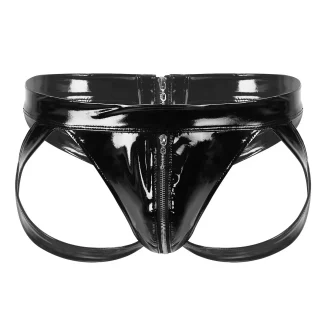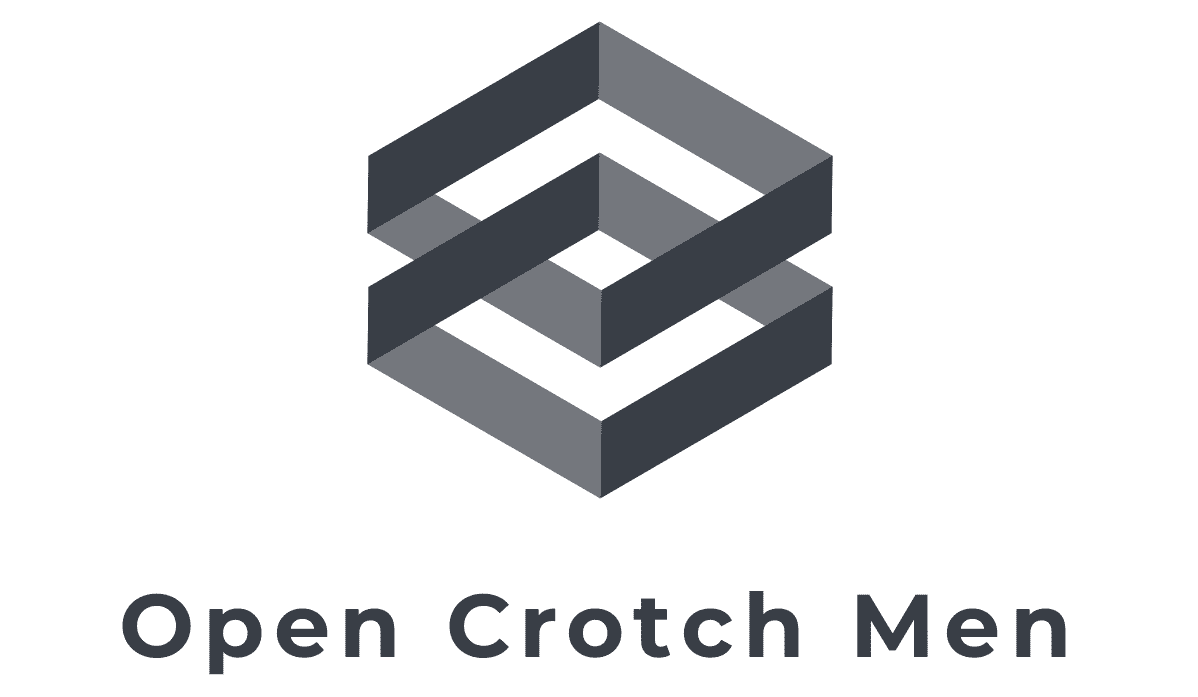The Discreet Access: Exploring the History and Context of Back-Open Crotch Garments
These items offer their specialized design, represent a category of clothing that has evolved to serve distinct practical and, at times, culturally sensitive purposes. These are more than just a matter of design; they reflect a history of functionality, evolving social norms, and the delicate balance between utility and discretion, particularly in contexts where accessibility from the rear is necessary.
The Development of Specialized Utility: Tracing the Functional Origins of Back-Open Crotch Garments
The concept of these items is deeply rooted in the need for refined utility, particularly in scenarios where accessing the rear is more practical or necessary than accessing the front. Historically, such designs have found applications in attire created for individuals with specific needs, such as those with limited mobility or medical conditions that necessitate rear access for care.
As time progressed, these items design found applications in attire designed for individuals requiring assistance with personal care, such as those in care facilities or hospitals. These outfit provided a level of independence and dignity, allowing for easier personal hygiene and medical procedures. The design was particularly useful in situations where frequent rear access was required for procedures or examinations.
In certain historical contexts, variations of this design also appeared in specialized workwear, where practicality and efficiency were essential. Garments designed for specific professions, such as those involving prolonged sitting or restricted movement, sometimes incorporated back-open features for added convenience. The evolution of these items reflects a continuous adaptation to meet the practical needs of various populations, particularly those requiring refined care.
The Cultural Significance of Rear Accessibility
The cultural significance of back-open crotch garments is largely tied to the concepts of care, dignity, and specialized assistance. In contexts related to medical care and caregiving, these items symbolize the provision of respectful and efficient assistance. They facilitate necessary procedures to be carried out with minimal disruption, preserving the dignity of the individual. The design reflects a commitment to addressing the specific needs of individuals with sensitivity and practicality.
In medical and caregiving settings, these outfits underscore the importance of providing discreet and efficient care. They allow for necessary procedures to be carried out with minimal exposure, preserving the privacy and dignity of the individual. The design reflects a commitment to addressing the specific needs of individuals with sensitivity and practicality.
The cultural perception of these attire can also vary significantly based on social norms and contexts. In some cultures, the design may be viewed purely from a functional standpoint, while in others, it may carry more nuanced or sensitive connotations. It is essential to approach the topic with an understanding of these diverse perspectives and with respect for the privacy of those who require such outfits.
The Design and Features of Back-Open Crotch Garments
These are characterized by their specific design feature, which allows for easy access to the rear groin area without the need to fully remove the garment. This design is achieved through various mechanisms, such as buttons, zippers, snaps, or overlapping fabric panels, located at the rear of the attire.
The design can vary significantly based on the intended use of the outfits. In attire designed for individuals requiring assistance with personal care, the opening is often designed to be wide and easily accessible, facilitating efficient care. In outfit designed for adults, the opening may be more discreet, with closures that provide a secure and comfortable fit.
The materials used in these are also carefully selected to ensure comfort, durability, and hygiene. Fabrics that are soft, breathable, and easy to clean are commonly used, particularly in garments designed for sensitive populations.
Innovations in Specialized Garment Design
Recent innovations in attire design have focused on enhancing the functionality and comfort of back-open crotch attire. Advances in closure technology have led to the development of more secure and discreet fastening mechanisms, ensuring both functionality and dignity.
Customization has become increasingly important, allowing for the creation of garments that meet the specific needs of individuals with diverse requirements. This includes variations in opening size, closure type, and fabric choice, tailored to individual needs and preferences.
Sustainability is also a growing consideration, with manufacturers exploring eco-friendly materials and production processes. This reflects a broader trend towards responsible design, ensuring that attire are not only functional but also environmentally conscious.
The Future of Specialized Accessibility
The future of back-open crotch attire is set to embrace ongoing innovation, personalization, and sustainability. Designers are exploring new technologies and materials to enhance both the functionality and comfort of these outfits, ensuring that they continue to meet the evolving needs of various populations, particularly those requiring refined care.
Customization will remain a key trend, with advancements in design allowing for greater individual expression and accommodation of diverse needs. This reflects a growing desire for garments that are tailored to specific requirements, ensuring comfort, dignity, and functionality.
As design and technology progress, back-open crotch attire will incorporate new features while maintaining their core function of providing rear accessibility. The emphasis on practicality, comfort, and respect for individual needs will ensure that these outfits remain valued in various contexts, particularly within medical and caregiving settings.
Choosing the Right Specialized Garment
Selecting the appropriate this involves considering factors such as the intended use, the specific needs of the individual, and personal preferences. For individuals requiring assistance with personal care, ease of use and comfort are paramount. For medical or caregiving settings, functionality and discretion are essential.
The design and features of these items should complement the individual's lifestyle and needs. Whether for daily use or specific situations, the right attire can significantly enhance comfort, dignity, and convenience.
Confidence in the choice of garment will enhance the individual's comfort and dignity, ensuring it serves its intended purpose effectively. Embrace the practicality and functionality of these attire and discover how they can improve daily life for those requiring specialized care.
Conclusion: The Enduring Importance of Specialized Garments
Back-open crotch attire embody the perfect blend of practicality and functionality, offering a solution for various needs across different stages of life, particularly for those requiring refined care and assistance. Their evolution from simple designs to contemporary variations highlights their enduring importance and relevance.
By understanding their history, cultural significance, and design features, you can appreciate these garments as more than just clothing items—they are symbols of care, accessibility, and respect for individual needs. Explore the world of refined outfits and find the perfect solution for your needs, reflecting both practicality and dignity.
Whether for personal use or for caregiving purposes, a well-designed back-open crotch garment offers unparalleled convenience, dignity, and functionality, ensuring comfort and respect. Embrace the enduring importance of specialized garments and make them a valued part of providing quality care.
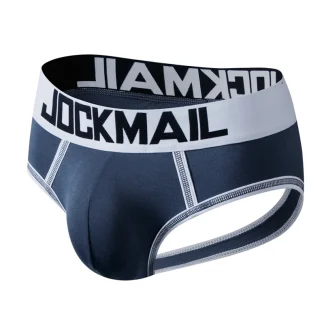
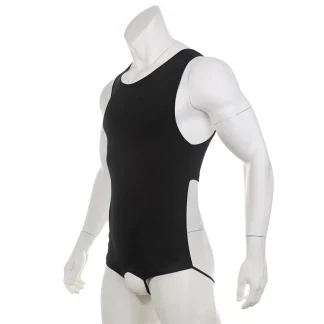
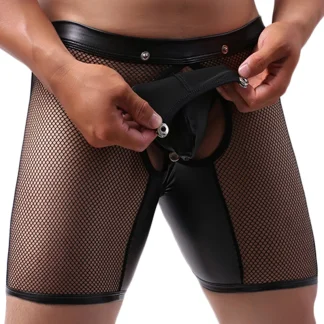
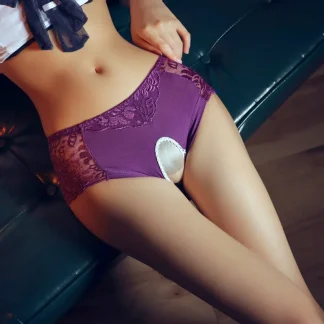 + 2
+ 2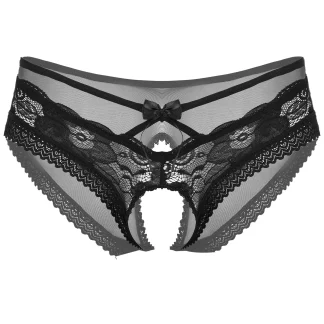
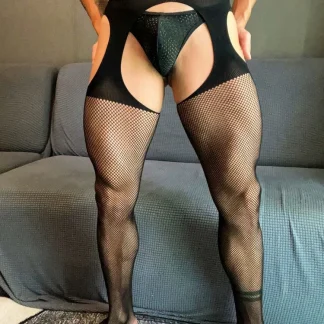
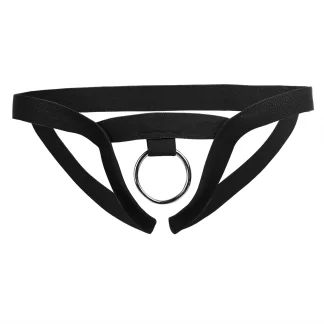
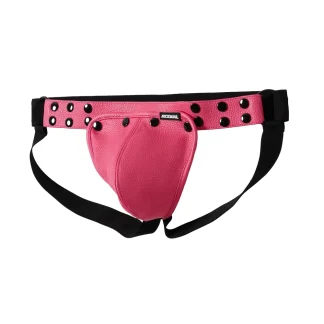
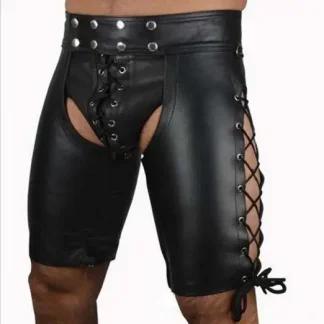
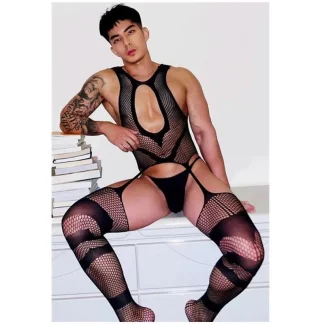

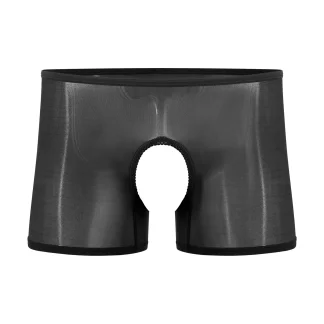
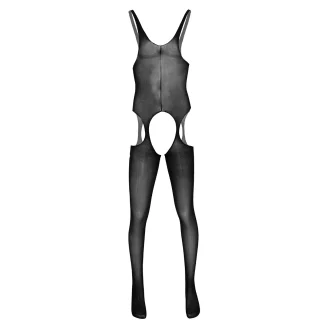

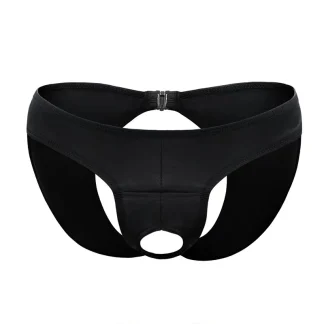
 + 2
+ 2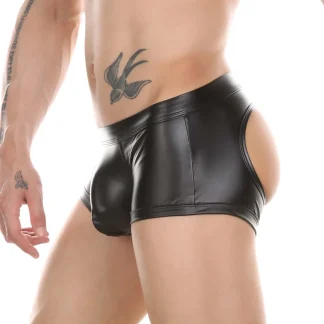
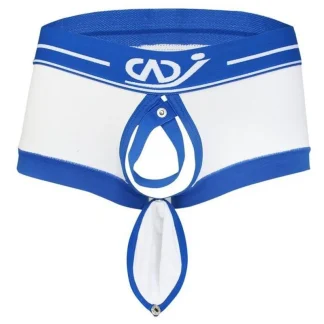
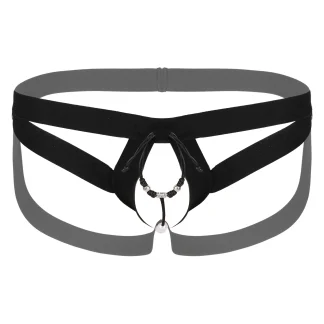
 + 2
+ 2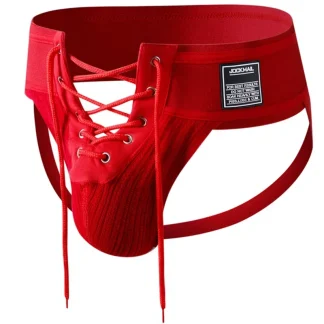

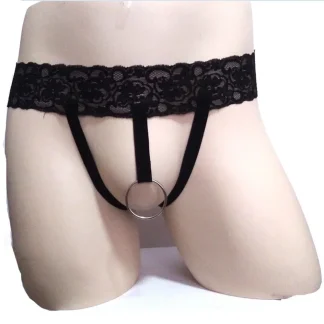
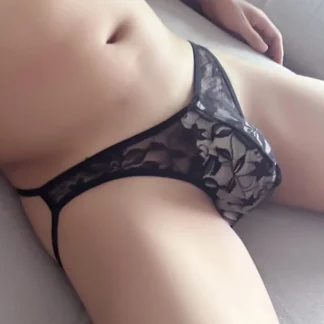
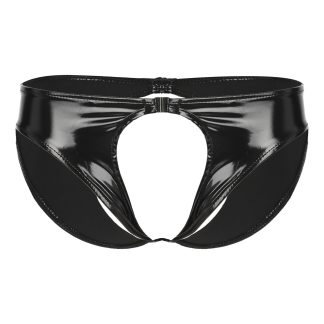
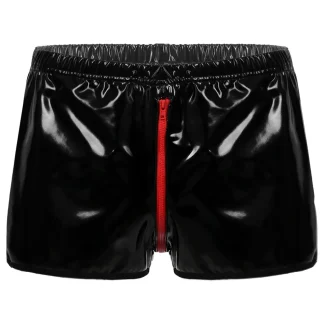

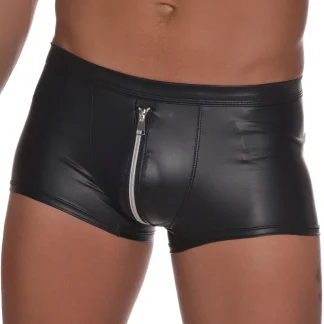
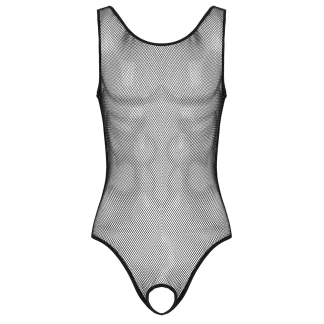
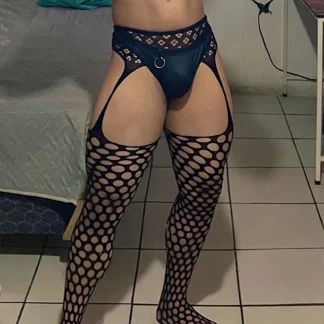 + 1
+ 1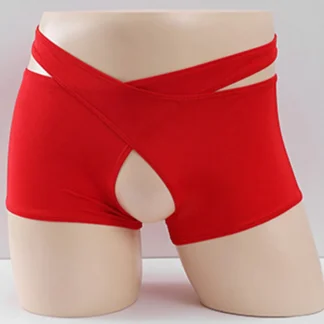
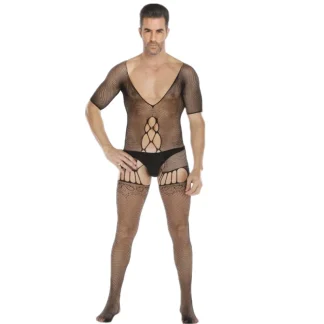 + 9
+ 9